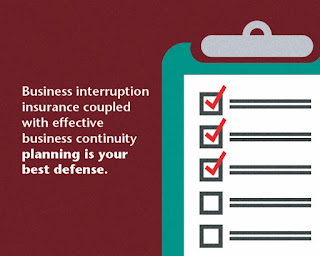Imagine this...
You're talking on your phone, pacing
back and forth out on the front lawn. Enjoying a little afternoon
sunshine.
Minding your own business.
You look up and notice a silver
sedan pull up to the curb.
A man wearing khakis and a dark blue
polo gets out. He walks right up to you, asks your name and then gives you a
stack of papers.
“Here, this is for you” he says. And
just as quickly, he's gone.
You hang up the phone and start
scanning the top page.
You've been sued.
You skim down to the section heading
that says "Demand for Relief" and see you're being sued for over 2
million dollars.
How would such a scenario make you feel?
Would you be prepared?
Listen, we don't wish this on
anyone, and our goal is not to scare you.
But the story is not fictitious. It
really happened. And the guy who got sued is a true "nice guy" just
like you.
Life is uncertain. Bad things can
happen. But how you react depends upon how well prepared you are.
At Insurance Policy Centres we are insurance agents
And we’re committed to helping our
clients protect and keep more of what they’ve earn so they can live the life
they desire without the needless financial stress that would normally hold them
back.
But let’s be clear.
This doesn’t mean we eliminate every
financial stress out there. Things may still happen that make your heart jump.
Like getting served a lawsuit while talking on the phone in your driveway.
But having a clear blueprint that
mirrors your life values, and having a coordinated financial team watching your
back DOES eliminate much of the financial stress and confusion people suffer.
********




